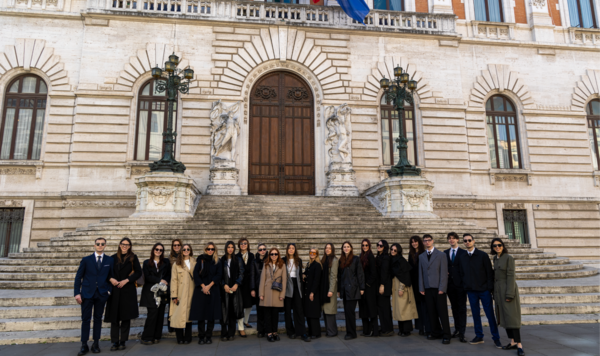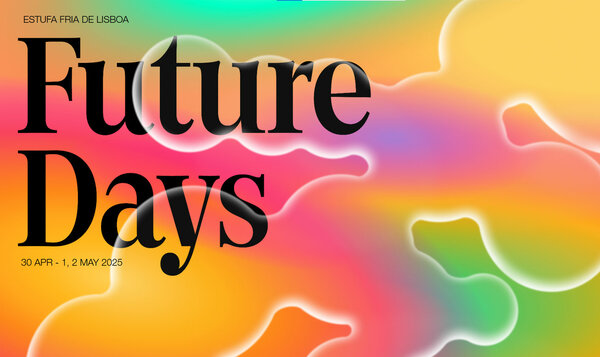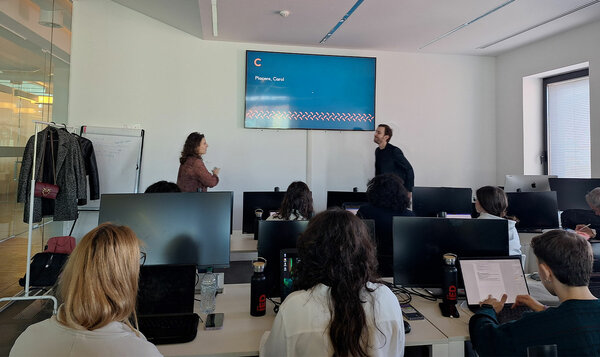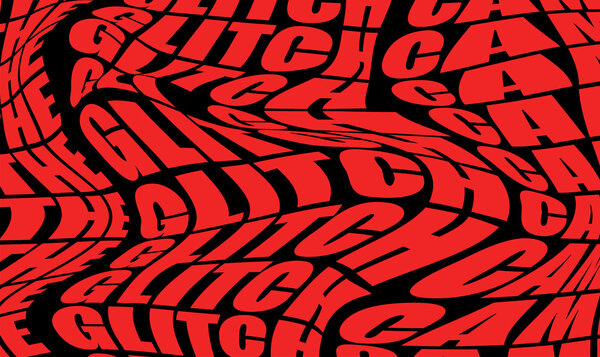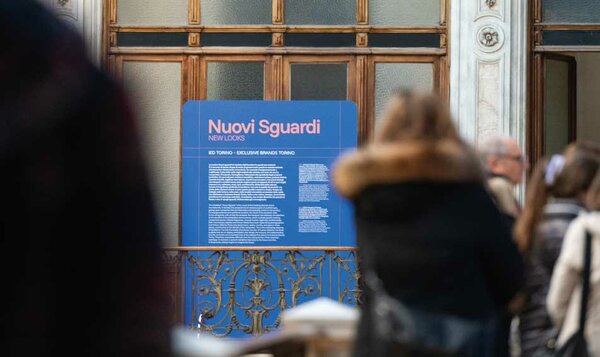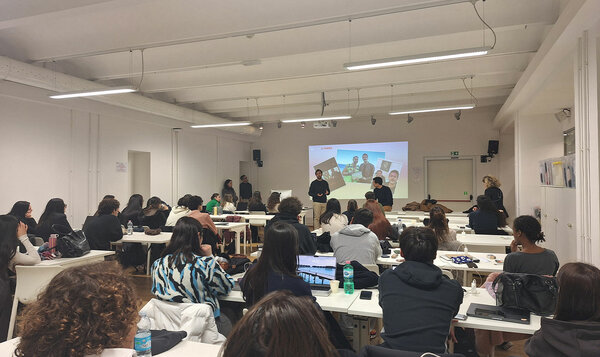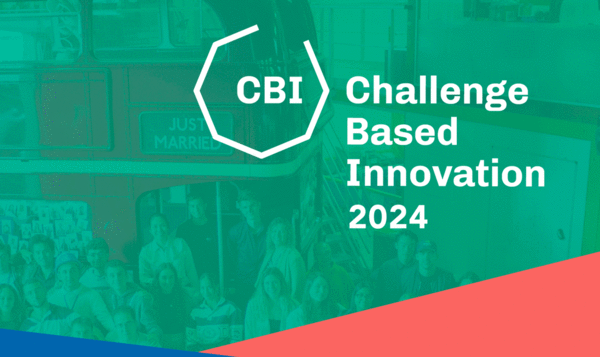Digital transformation is profoundly reshaping the cultural sector, demanding new professional skills to innovate the processes of creating, preserving, and experiencing artistic heritage.
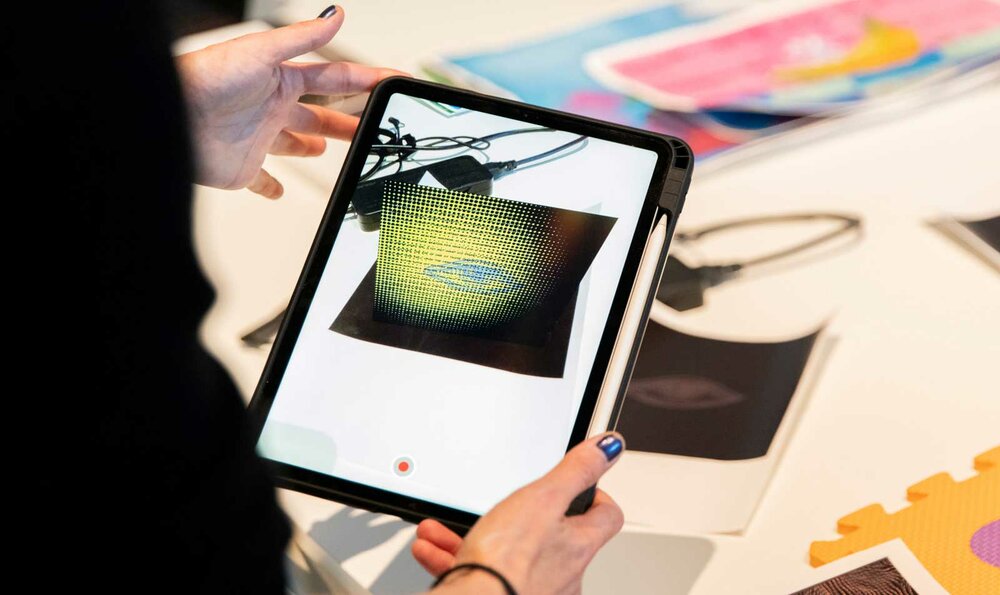
Digital innovation, skills for working in Culture
Date
26 February 2025
New technologies are revolutionizing the way cultural heritage is managed, presented, and made accessible to the public, radically changing the skillsets required in the sector In this context, the ability to use digital tools and manage innovative projects is increasingly in demand by creative and cultural organisations.
To respond to this evolution, IED offers specialized courses within the digital cultural sector, including programs in the area of Visual and Interactive Arts. These training programs prepare professionals to face the challenges of digital transformation, making the cultural sector more interactive and accessible.
Digital innovation in the cultural sector
Digitalisation witin the field of cultural heritage not only ensures the long-term preservation of works but also opens up new possibilities for study, research, and public access. This potential is reflected in the development of numerous innovative projects: virtual museums, for example, allow for remote exploration of collections, augmented reality applications enrich the experience in archaeological sites, while 3D modeling and three-dimensional printing are revolutionising the techniques of restoration and conservation of artistic heritage.
The adoption of these technologies, while offering exciting opportunities, also presents new challenges. Cultural institutions must develop innovative strategies to manage issues like data security and intellectual property protection, seeking the right balance between technological innovation and preservation of works. Even in this process, the goal remains the same: to enrich and complement the direct experience with artistic heritage, creating new ways to interact with and appreciate it.
Digital skills required for working in Culture
The cultural sector today requires professionals with specific digital skills, capable of managing technological transformation and creating new forms of interaction with the public.
The main areas of competence required in this field are:
- Digital data and metadata management: organising and cataloguing digital information related to cultural heritage, essential for conservation and accessibility.
- Augmented and virtual reality software: creating immersive experiences that enrich the enjoyment of artworks and cultural assets.
- Design of interactive experiences: developing innovative solutions that allow the public to interact dynamically with cultural and artistic heritage.
- Digital storytelling and content creation: the ability to narrate cultural heritage through engaging and accessible digital formats.
- Digitization and conservation techniques: skills for the digital conversion and preservation of cultural heritage, ensuring access for future generations.
This rapid digital evolution in the cultural sector demands continuous professional development. For this reason, investing in specialised training is essential to acquire the skills needed to turn technological challenges into concrete opportunities for innovation.
The digital transformation of Culture
Developing an effective digital strategy is essential to keep pace with new communication flows and the needs of an increasingly attentive and demanding public. This may include the creation of online platforms for content access, the use of social media to engage the public, and the implementation of cloud-based ticketing and collection management systems.
Many museums have already successfully embraced digital transformation. For example, the Rijksmuseum in Amsterdam has digitised and made much of its collection available online, allowing the public to freely explore and use images of artworks. The Louvre, on the other hand, has introduced multimedia guides and augmented reality experiences to enhance visits to its spaces.
Among emerging technologies, artificial intelligence and blockchain are opening new frontiers: while AI is being used for the analysis and cataloguing of vast cultural archives, blockchain—a secure, distributed data recording system—offers innovative solutions for the traceability and authentication of digital artworks, ensuring greater transparency and security in transactions.
Digital production and new technologies in the cultural sector
Digital production has revolutionised the landscape of contemporary cultural creation, offering artists and creatives innovative tools to explore new expressive forms. The impact of these technologies is especially evident in cinema and visual arts, where computer graphics, 3D animation, and motion capture technologies are redefining the boundaries of the possible.
These innovations have given rise to cutting-edge projects such as interactive installations, virtual reality performances, and generative artworks.
In addition to expanding creative possibilities, new technologies are transforming the way artists reach and interact with their audience. Crowdfunding platforms and digital marketplaces allow a direct connection between creators and consumers, while NFT (Non-Fungible Token) technology is introducing new models of ownership and commerce for digital art, opening new economic opportunities in the cultural sector.
This convergence between art and technology is not only expanding the boundaries of creativity but also redefining the role of the artist and the very concept of artwork in the digital age.
Training and career paths in the digital cultural sector
The digital cultural sector offers numerous career opportunities for professionals with specialised skills, and the demand for profiles like User Experience Designers - driven by the need of cultural institutions to innovate and digitize their services - is constantly growing. Such roles require a combination of technical, creative, and managerial skills, along with a deep understanding of the cultural sector.
Participation in collaborative projects, workshops, and sector events are a valuable opportunity to gain field experience and establish significant professional connections.
IED offers specialized courses in the field of digital cultural sector, including the Master in Innovation and Digital Production, designed to equip students with the necessary skills to create innovative interactive experiences and digital content that enhance cultural heritage through new technologies.
